The Tour du Mont Blanc (TMB) is Europe’s most iconic long-distance hike. Circling the Mont Blanc massif through France, Italy, and Switzerland, this hut-to-hut trek covers ~170 km, involves ~10,000 meters of total ascent and descent, and usually takes 7–11 days to complete. Expect breathtaking alpine scenery, high mountain passes, and charming villages along the way. In this guide you’ll find everything you need: elevation profiles per stage, recommended itineraries, accommodation options, costs, and tips for planning your own self-guided Tour du Mont Blanc adventure.
Key Facts – Tour du Mont Blanc
- Total distance: ~170 km
- Total ascent + descent: ~10,000 m
- Duration: 7–11 days
- Countries: France, Italy, Switzerland
- Highest point: around 2,665 m (Fenêtre d’Arpette)
- Daily stages: 12–22 km, 6–9 hours walking, 500–1,400 m ascent
- Accommodation: mountain huts (refuges), guesthouses, hotels



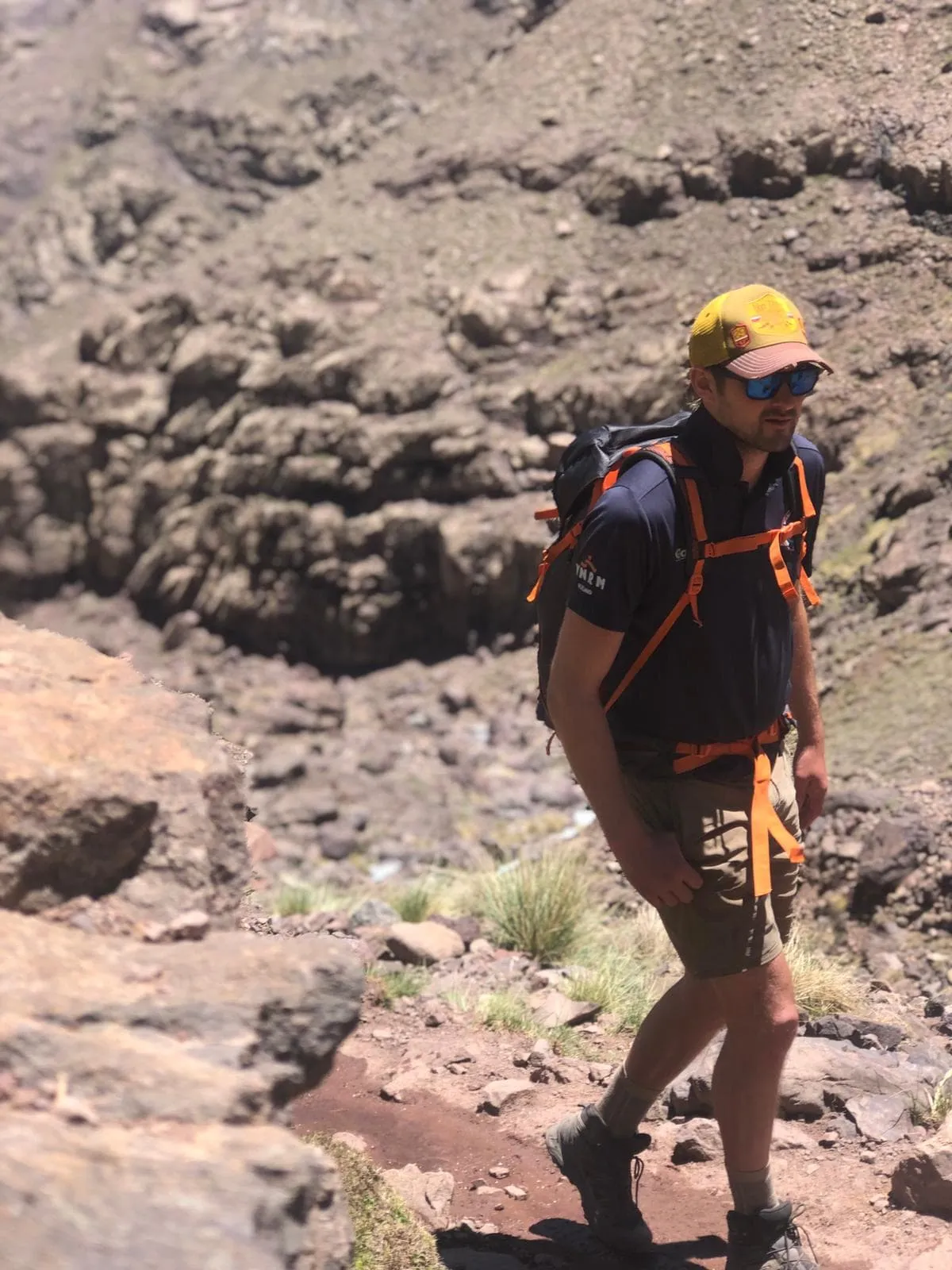
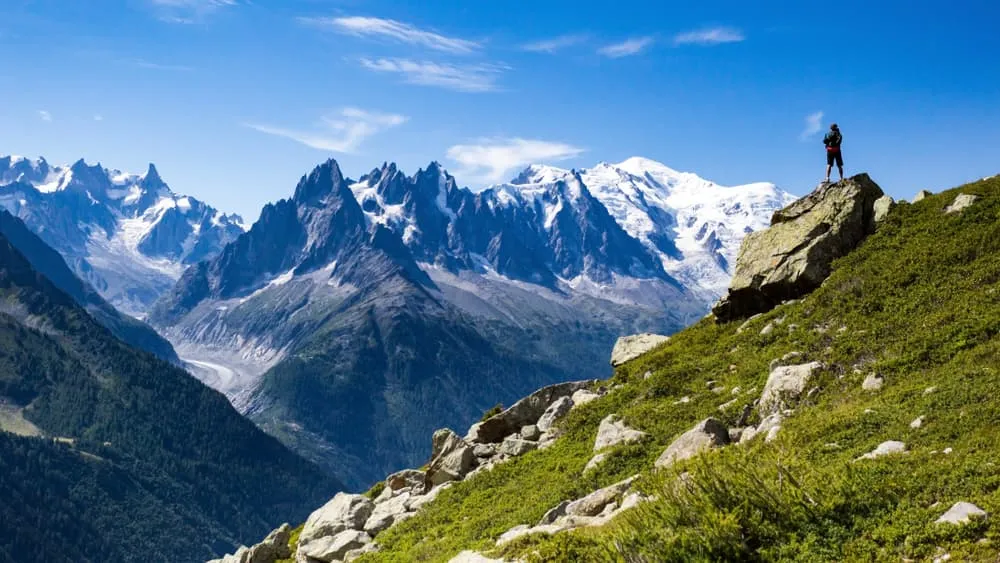
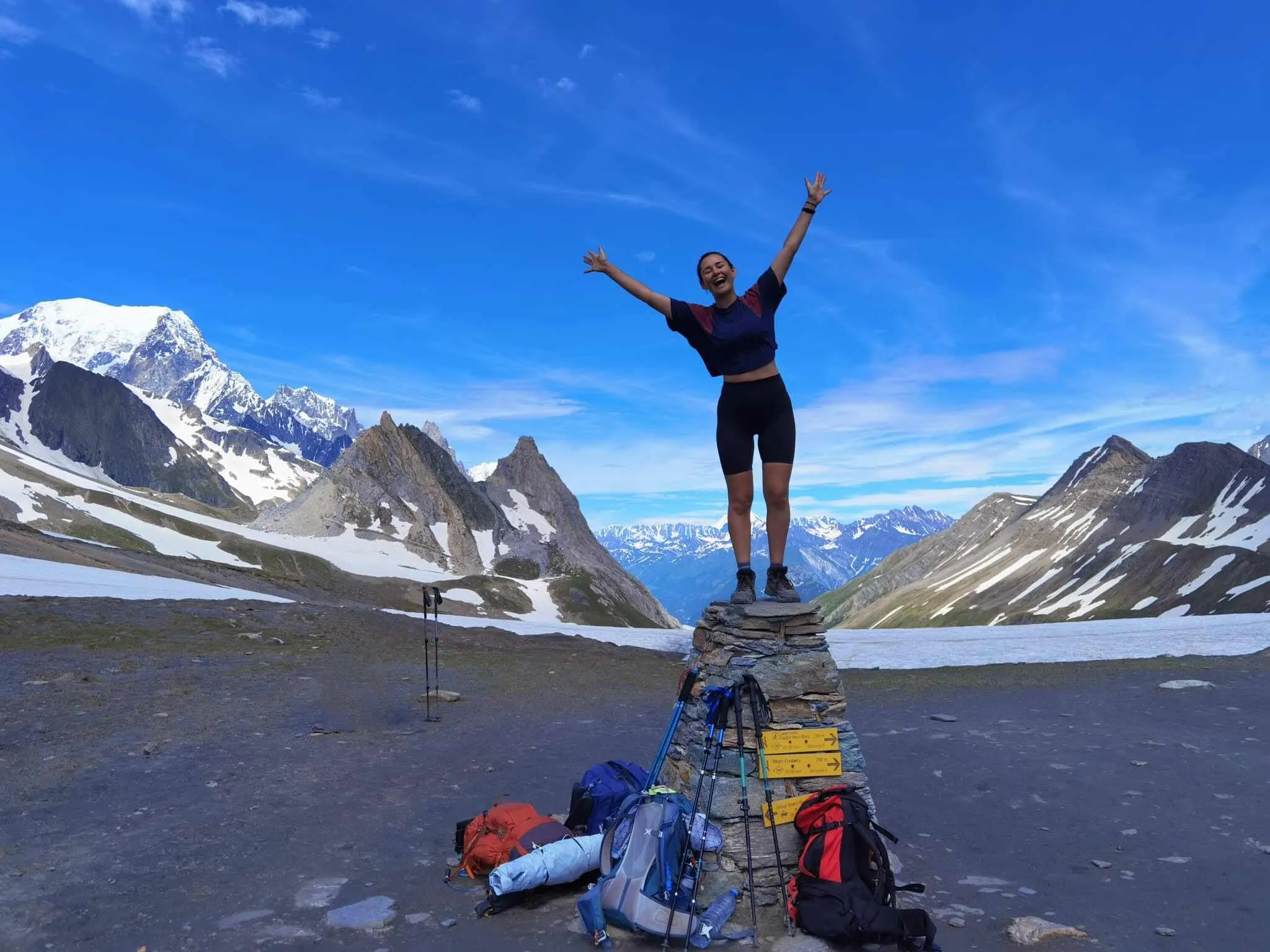
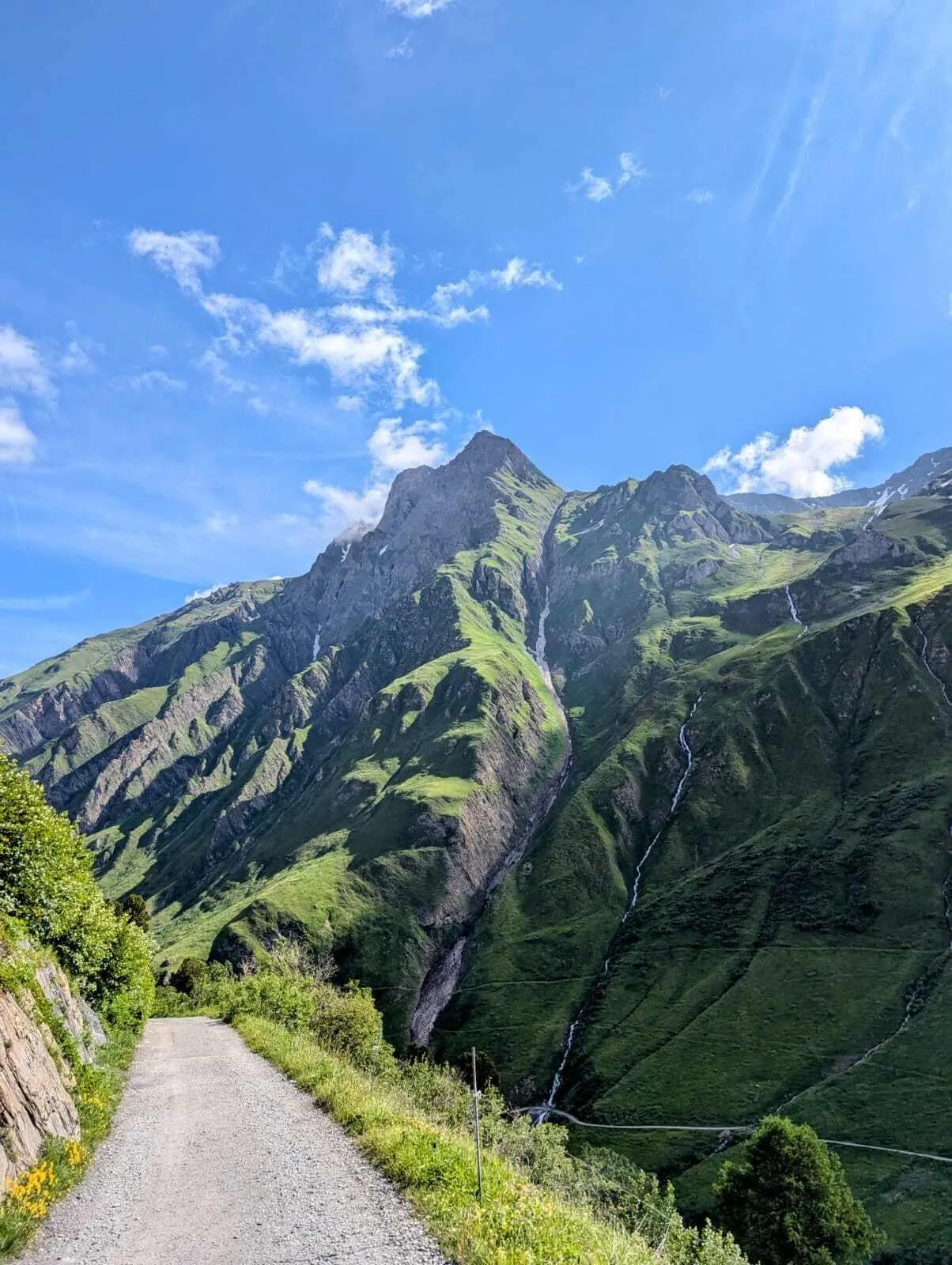
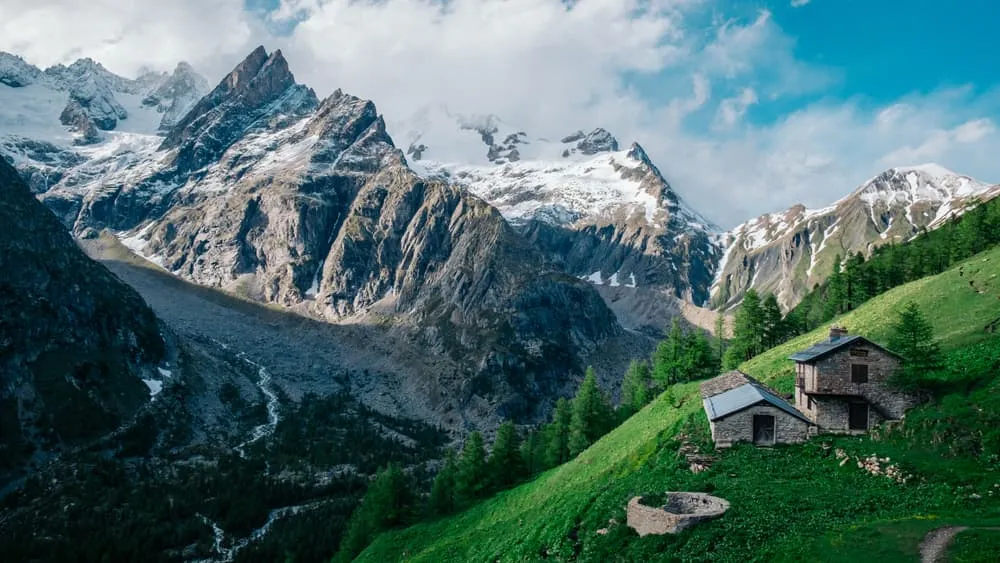
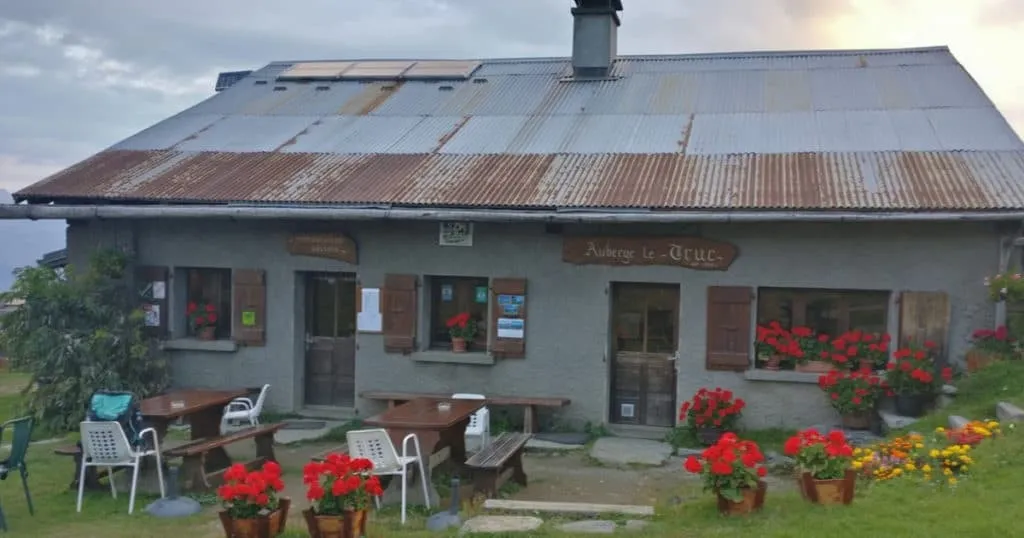
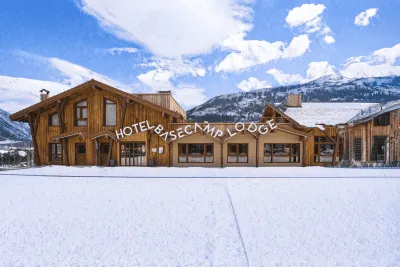
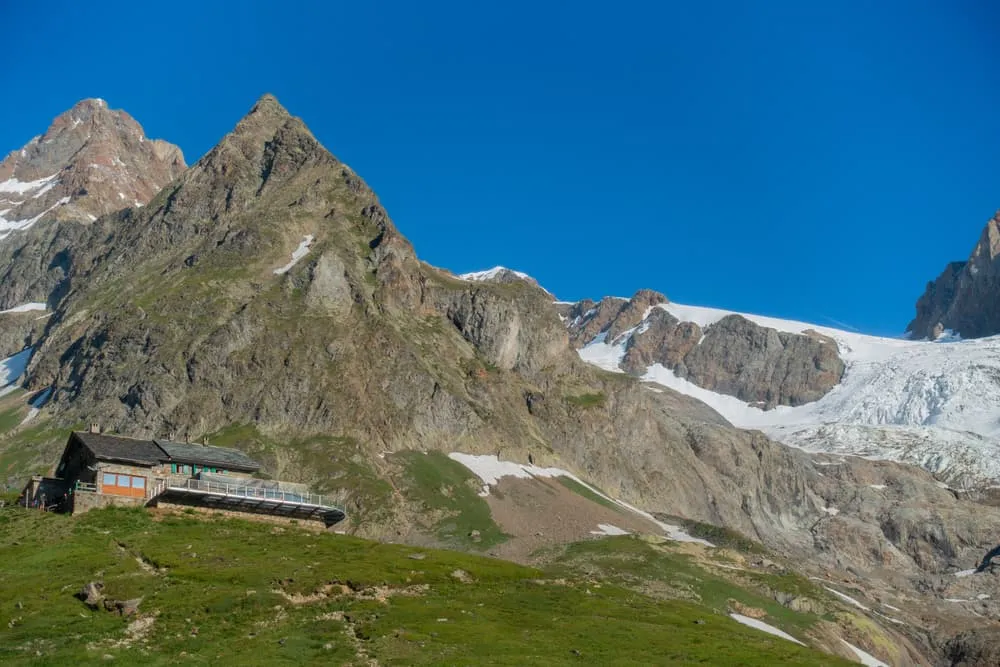
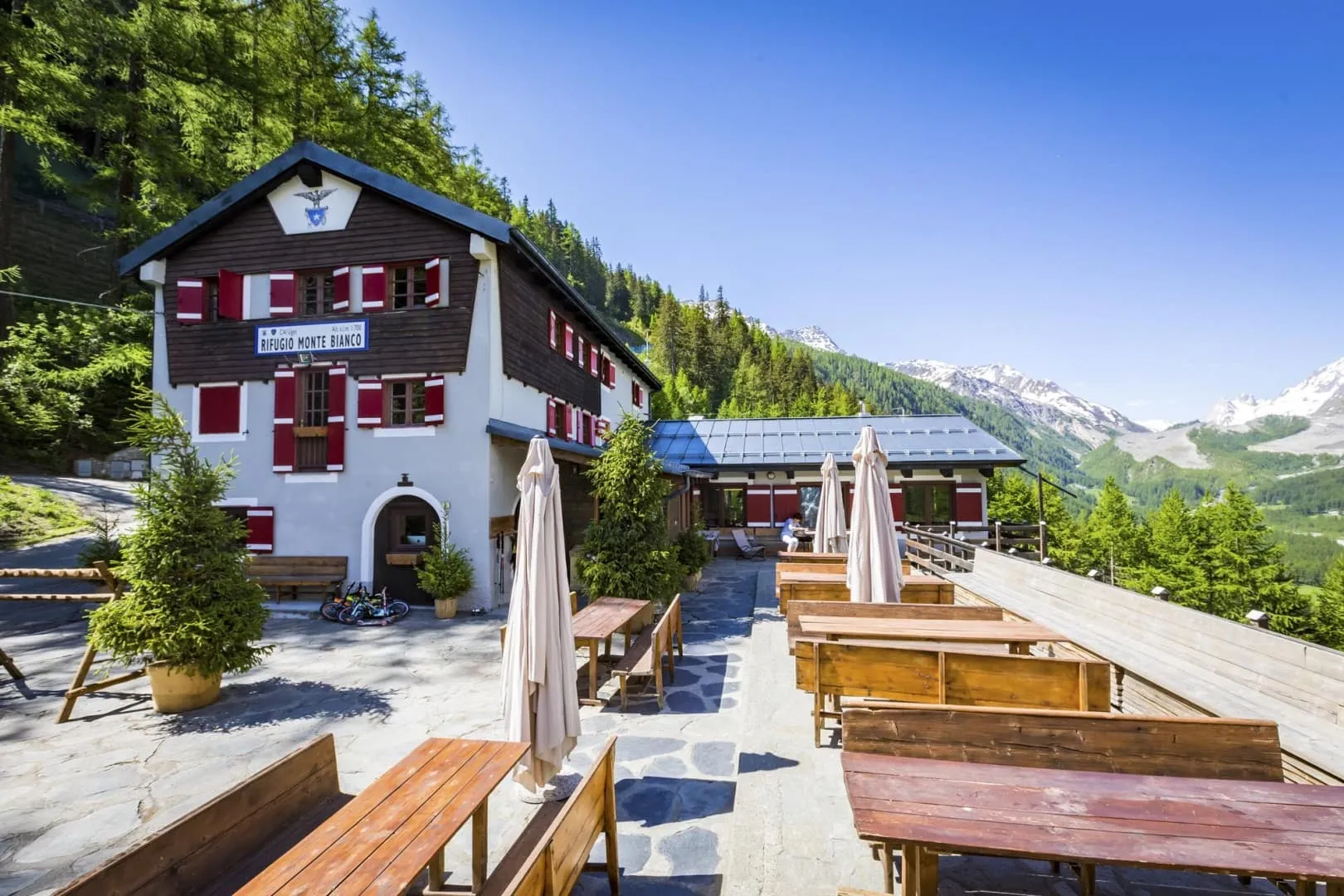
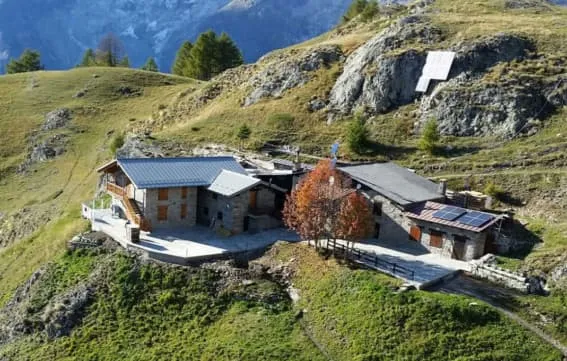
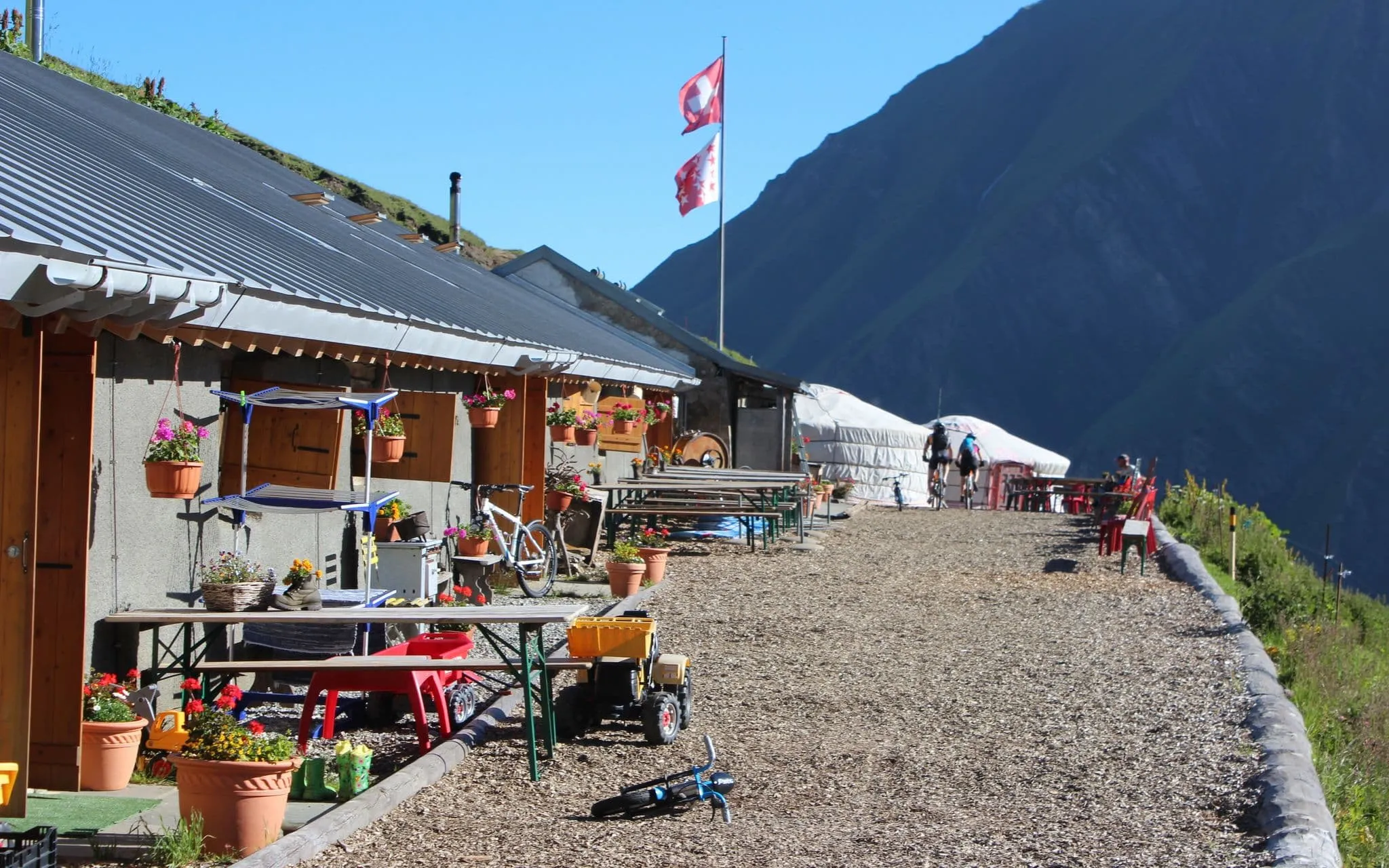
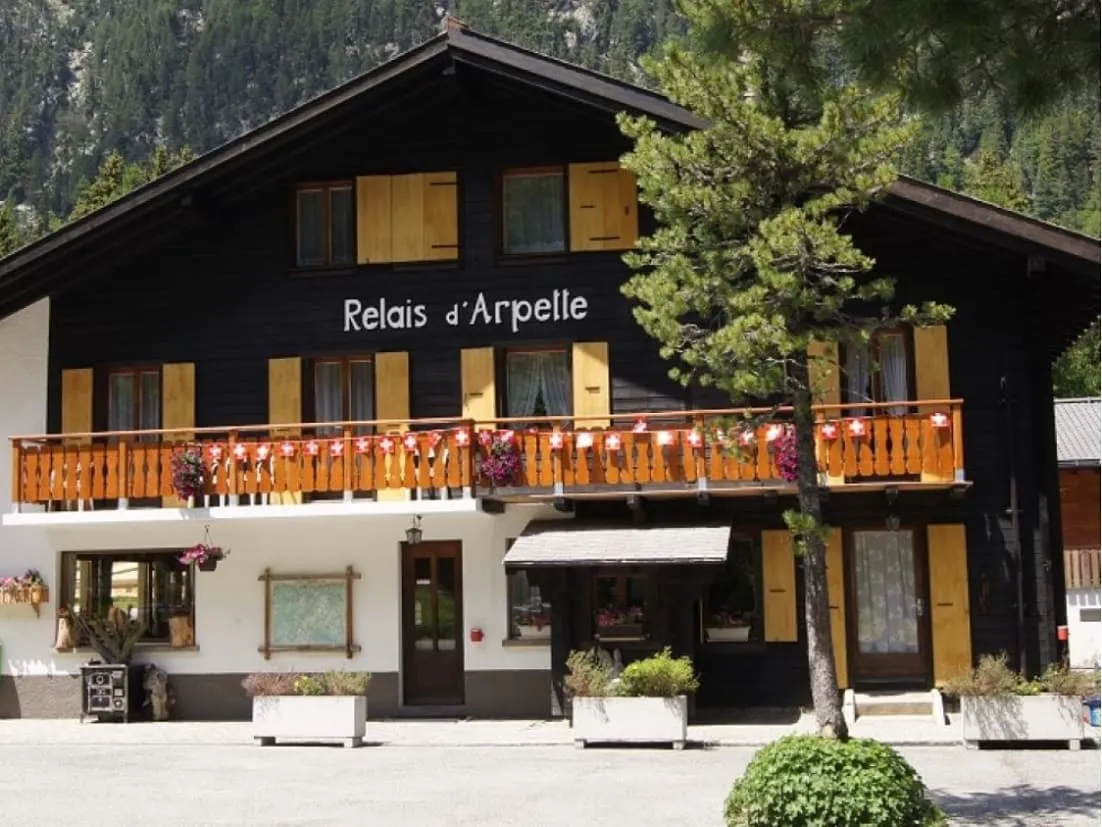
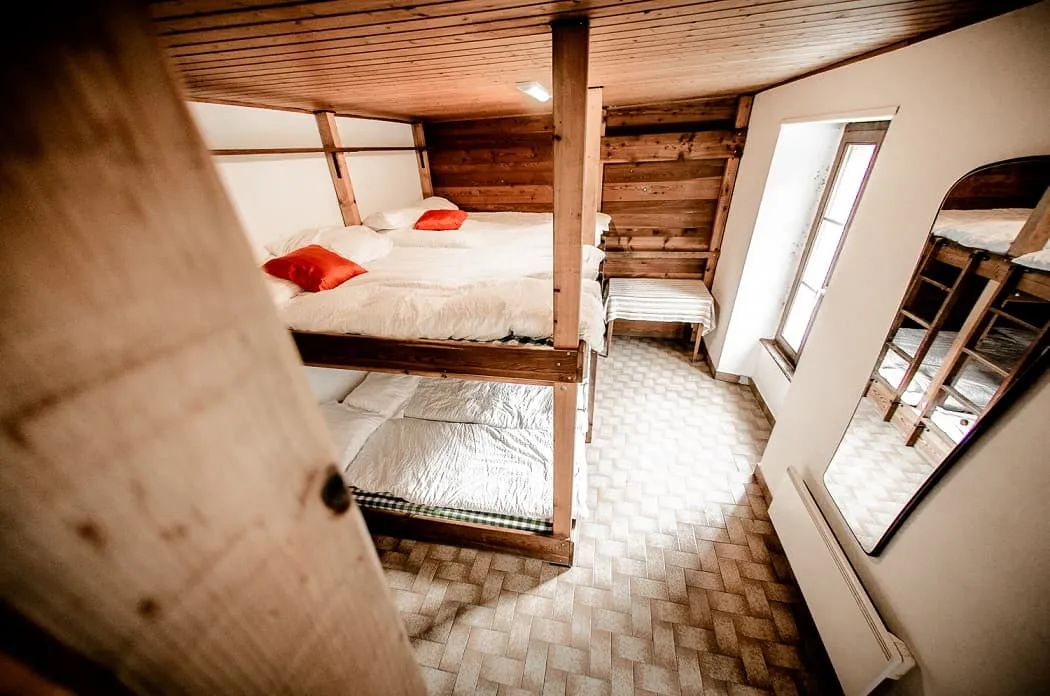
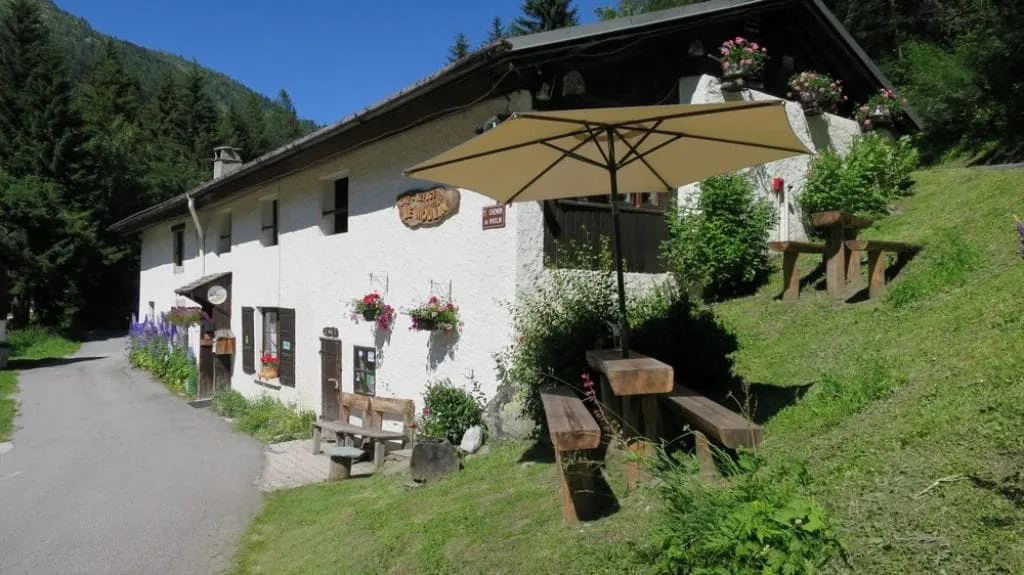
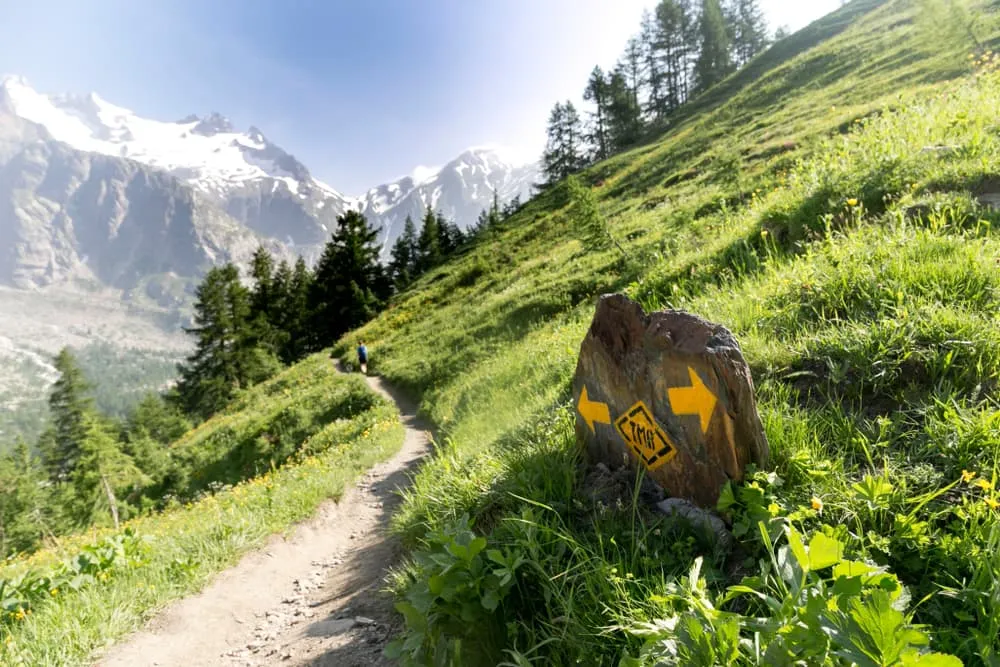
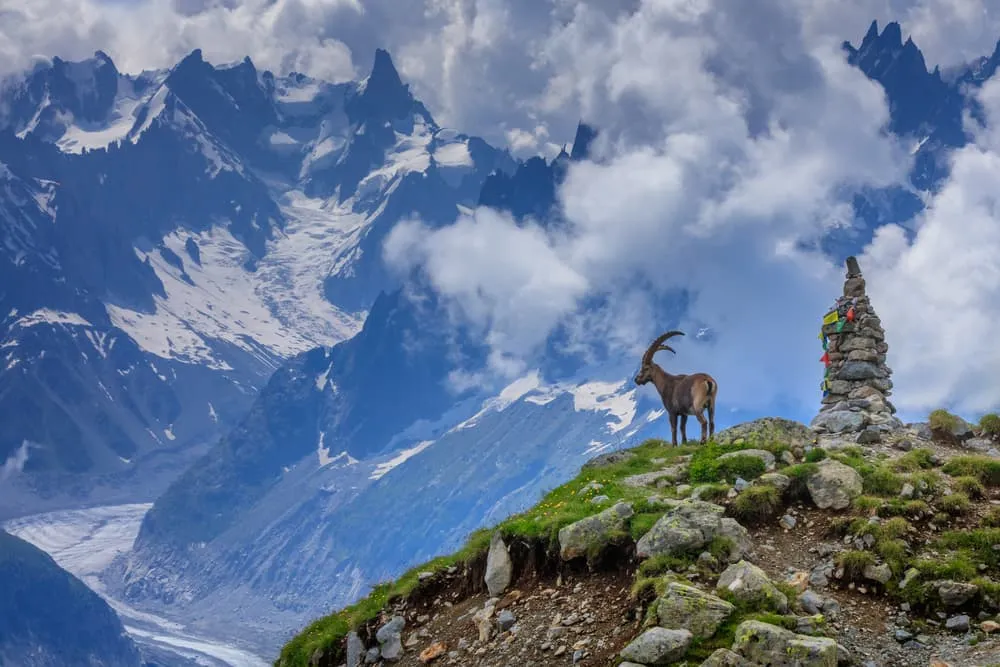
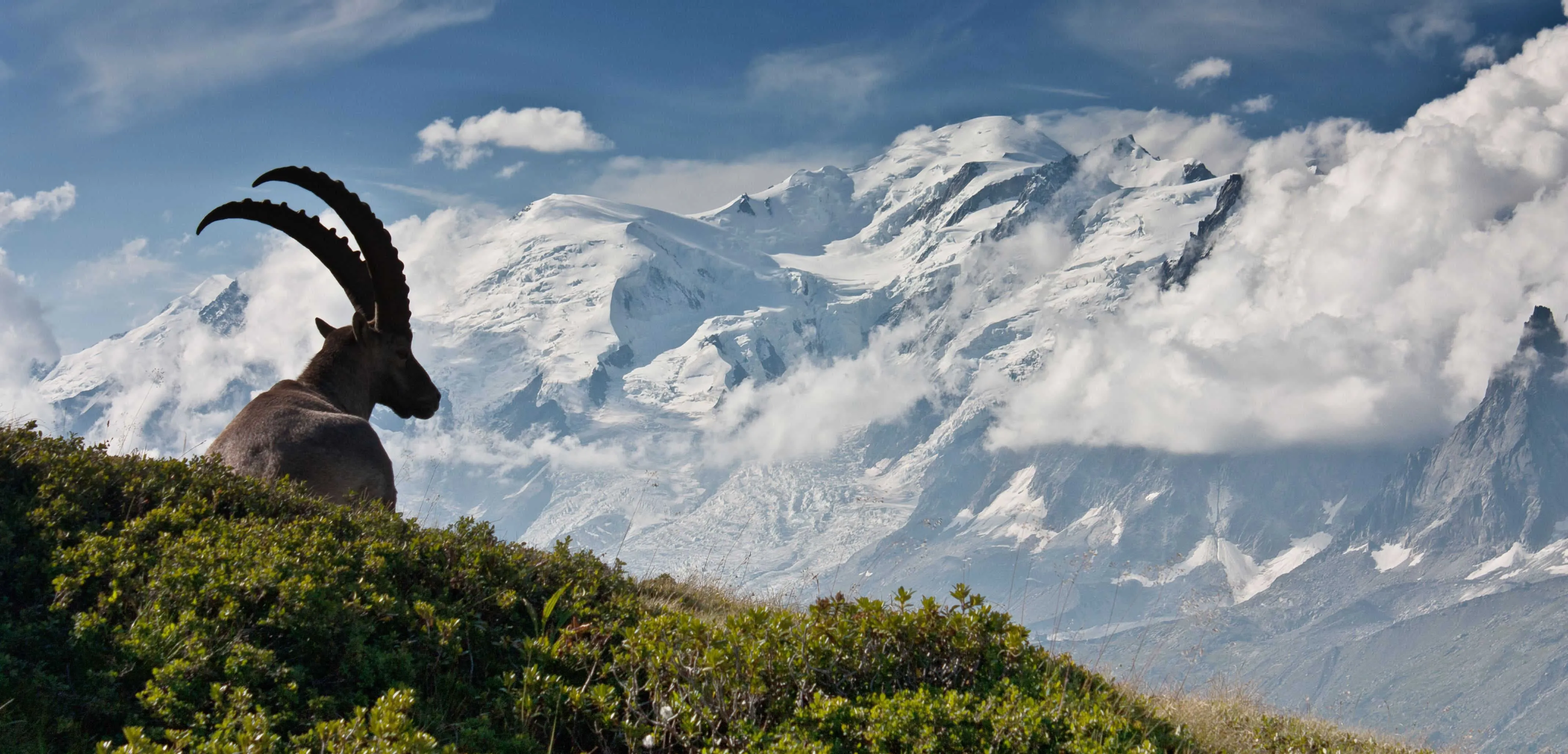
Comments